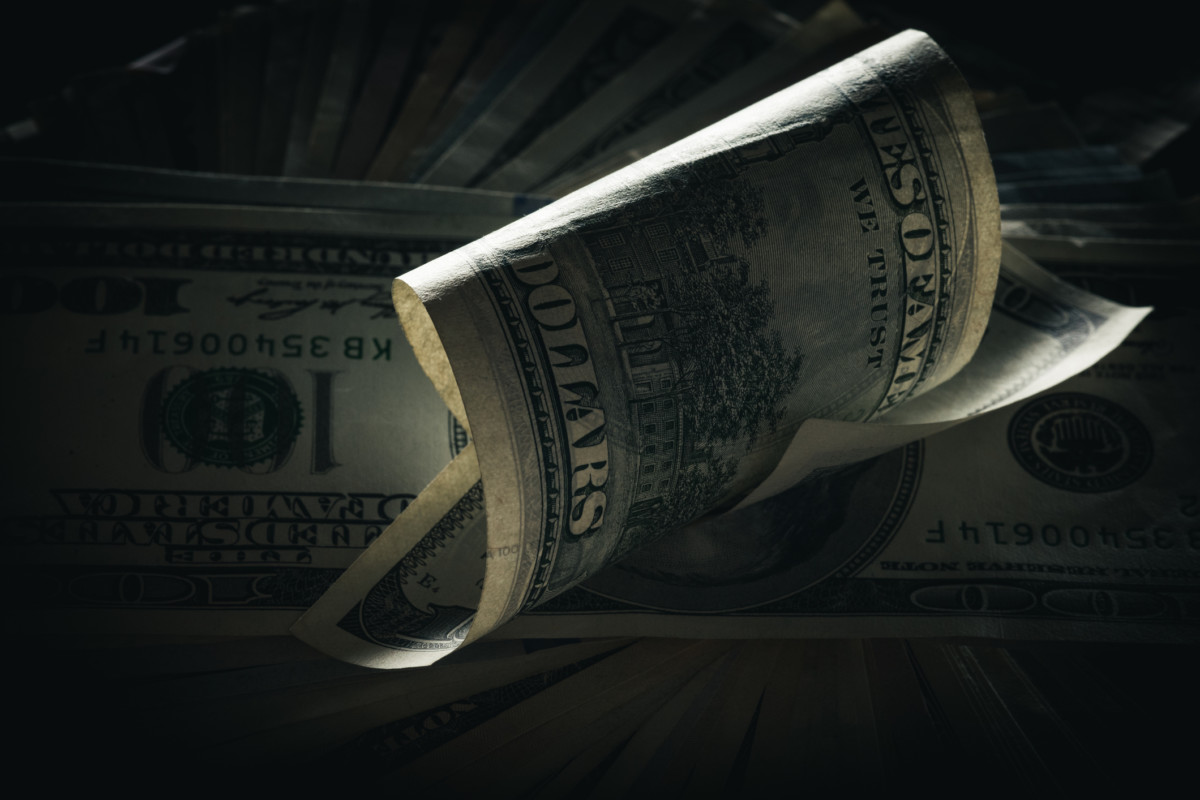Many folks don’t concern themselves with the laws governing charitable giving. We dole out our contributions when someone asks, and most of us don’t bother to take a charitable tax deduction for those gifts.
Relatedly, most folks also have never heard of donor-advised funds, or DAFs.
The wealthier a donor is, the more likely they are to claim a tax deduction for their giving. When they do, the public has a legitimate interest in where their gifts are going.
DAFs are financial intermediaries that take in charitable gifts from donors and then grant the money to active charities designated by the donor. Donors claim their tax deduction up front when they donate to the DAF before deciding which public charities the money should go to.
Originally a creation of community foundations, DAFs have been adopted with a vengeance by for-profit Wall Street firms like Fidelity Investments, Charles Schwab and Vanguard. And the lax rules around these giving vehicles are leaving DAFs ripe for abuse in this aggressive new market.
For every dollar a millionaire or billionaire gives to a donor-advised fund, the US taxpayer provides between 37 and 57 cents of the gift in the form of lost tax revenue, according to Boston College law professor and charitable-giving expert Ray Madoff.
As taxpayers, we need to know whether a donation actually makes it to a charitable cause. We took a deep dive into the rising prevalence of DAFs and their potential risks, in a new report for the Institute for Policy Studies called “Warehousing Wealth.”
Put simply, DAFs are growing dramatically. Two years ago, the biggest recipient of charitable giving was United Way — a traditional charity that works in communities across the US. Today, however, the biggest recipient is the Fidelity Charitable Gift Fund, a DAF.
In fact, six of the top 10 biggest recipients of charitable giving in the United States in 2017 were DAFs. Donations to DAFs grew by 66 percent in the past five years — compared to 15 percent for all individual giving nationwide, according to data from the National Philanthropic Trust. That’s a four-fold difference.
The folks giving to DAFs aren’t middle-income families. The average donor to a DAF makes more than $2 million annually, according to James Andreoni, a professor of economics at the University of California at San Diego. That puts them in the top one-tenth of 1 percent of households.
Unlike private foundations, which must distribute 5 percent of their principal assets annually, DAFs can continue to re-invest their funds indefinitely, without ever distributing them to charity. So, by creating their own DAFs, Wall Street investment firms like Fidelity and Charles Schwab are enabling ultra-wealthy clients to collect a charitable tax break without necessarily supporting a charity.
In fact, without an incentive to disperse the funds quickly, the underlying incentive for financial institutions is to hold on to the assets — and collect fees on them — for as long as possible. In essence, the funds become more like long-term investments that grow over time, not timely donations to an active charity.
Further, our study finds that DAFs significantly over-report how much they do distribute to charity year over year. According to the measure used by the Internal Revenue Service (IRS) and the Chronicle of Philanthropy, DAFs generally pay out around 16 percent of their assets in a given year. That’s the rate the IRS found for Fidelity in 2014, the most recent IRS data available. That year, Fidelity itself claimed a payout rate of 28 percent — nearly double.
In an age of extreme inequality, this is a serious problem.
Charitable organizations play a vital role in serving unmet community needs. But with each passing year, more funds are going to the financial advisors running DAFs, instead of feeding the hungry and housing the poor. In one telling example, the United Way of Silicon Valley folded in 2016 amidst stagnant contributions. At the same time, the Silicon Valley Community Foundation, a DAF, received more than $1 billion in annual giving.
The rule changes required to address this problem are straightforward. Donors shouldn’t get the tax benefit of giving to charity until a real charity — not a middleperson — actually gets their donation. And donor-advised funds should have a strict timetable for distributing donated funds.
Charitable giving should be just that — giving, not hoarding. Public charities need to be supported, not forced to fight for scraps.
Our most important fundraising appeal of the year
December is the most critical time of year for Truthout, because our nonprofit news is funded almost entirely by individual donations from readers like you. So before you navigate away, we ask that you take just a second to support Truthout with a tax-deductible donation.
This year is a little different. We are up against a far-reaching, wide-scale attack on press freedom coming from the Trump administration. 2025 was a year of frightening censorship, news industry corporate consolidation, and worsening financial conditions for progressive nonprofits across the board.
We can only resist Trump’s agenda by cultivating a strong base of support. The right-wing mediasphere is funded comfortably by billionaire owners and venture capitalist philanthropists. At Truthout, we have you.
We’ve set an ambitious target for our year-end campaign — a goal of $119,000 to keep up our fight against authoritarianism in 2026. Please take a meaningful action in this fight: make a one-time or monthly donation to Truthout before December 31. If you have the means, please dig deep.
